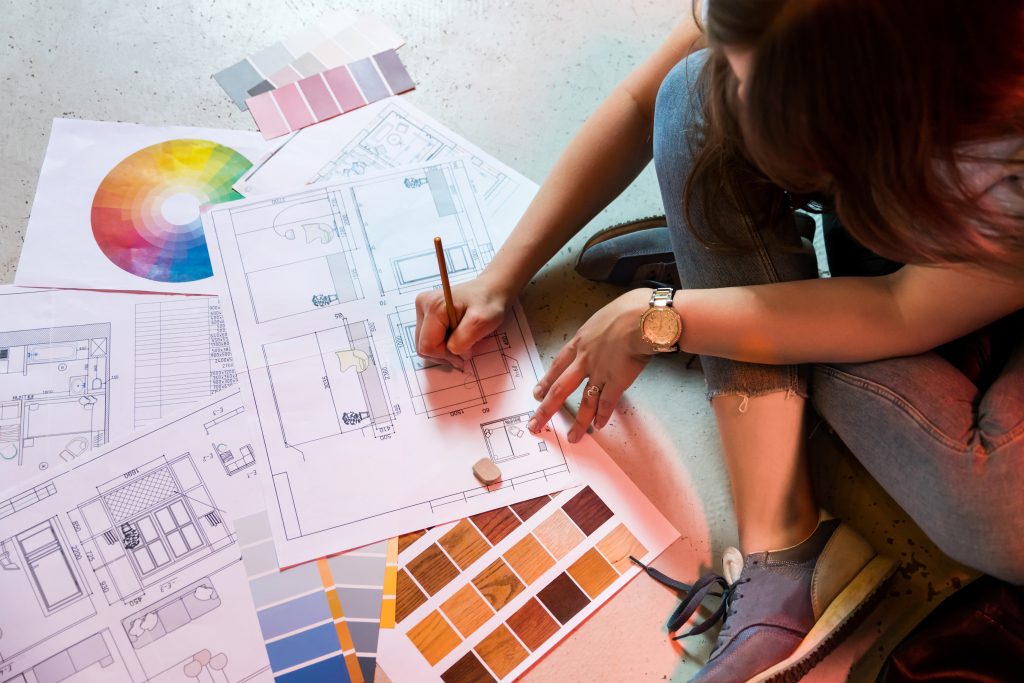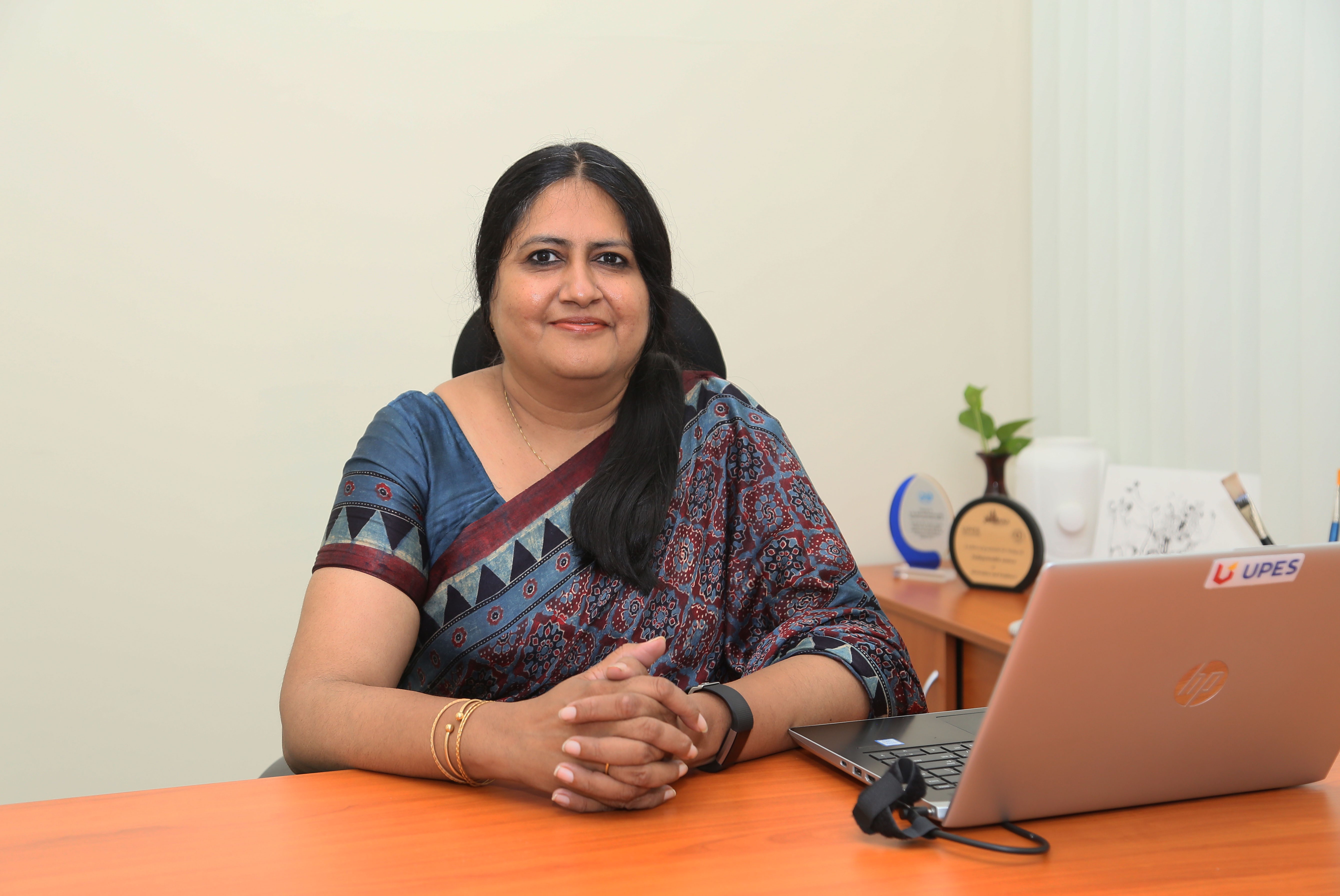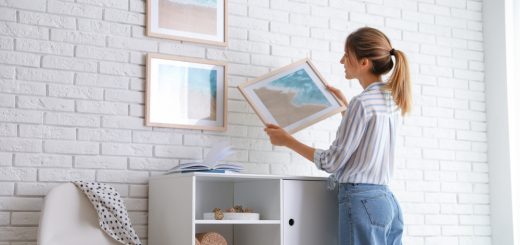Design futures: The current status and what lies ahead

Where are designers working today? What kind of designs are they working on? And what can be expected from the industry in the near future?
At the centre of a white background, five rings of blue, yellow, black, green, and red colour are entwined. These rings represent the five continents: Asia, Africa, Australia, America, and Europe. When Baron Pierre de Coubertin designed this logo for the Stockholm Olympics in 1912, he specifically chose those hues in an attempt to represent the flags of every country without exception.
The Olympic logo went on to become an inclusive, international emblem.
On September 3, 2020, the symbol for the Los Angeles (LA) 2028 Olympic and Paralympic Games was unveiled – a continuously changing logo, which features a “dynamic ‘A’” graphic. According to the International Olympic Committee, “no one illustration” could express the diverse dreams and all that the games embody. Hence, an “ever-changing” design was created.
This “ever-changing” nature of creativity and the way brands are engaging their customers is moulding the practice of design. The focus of the design industry, hence, is not limited to become economically viable and professionally relevant but to be prepared for the changing client demands and new opportunities for telling stories.
Which brings us to the following questions: Where are designers working today? What kind of designs are they working on? And what can be expected from the industry in the near future?
The ‘Design Census 2019’ answers these inquiries. The census, which was created by Google and American Institute of Graphic Arts (AIGA) or the professional association for designers across the world, gives a compelling account of where the industry is, and where it is headed in the years to come.
A breakdown of insights from the survey
The study reveals that after communication/graphic design, which far exceeds every other industry, most designers work in business and the arts. About 9% of the design professionals are employed in the marketing space, whereas 8% create designs for digital products and services such as web, app, and software design.
About 7% of the design workforce is in advertising and entertainment, 6% in the education sector, 5% in social media and consumer goods, followed by food and beverage as well as healthcare at 4%, consulting, finance, and publishing at 3% and government sectors, real estate, transportation at 2%.
According to the report, 17% of design professionals have the job title of a senior designer, 14% are design lead/managers, 11% are creative directors and 9% are owners or partners. 1% are global or executive director, president or vice-president or instructors.
How satisfied are designers? The majority of designers report feeling happy in their current position, despite saying there’s room for improvement, while 11% of designers say they are extremely happy, according to the analysis.
Interestingly, the trends that will have the most impact on the design industry in the future are Artificial Intelligence (AI) and Virtual Reality (VR). Hence, adaptability to technological as well as social change along with multi-disciplinary and cross-cultural skills would be key.

Why choose the UPES School of Design?
With a legacy of over 16 years in producing global talents, the UPES School of Design trains its students in a creative learning ecosystem that spans international technologies and tools. By the end of their education, the students enter the world of design possessing with the skills required for innovative execution and are well-versed with modern design tools and concepts.
Undergraduate and post-graduate programs are offered by the university in domains including Industrial and product design, Interior and retail space design, Transportation and Mobility Design, Animation and VFX Design, Graphics and Communication Design, Fashion Design, and User Experience and Interaction Design.
With an infrastructure comprising more than 10 technology and art studios like MAC, CAD, Cintiq and design labs, clay and paint studio, 3D printing machines, laser-cutting machines, vacuum-forming machines, and spray-painting booths, among other creative learning aids, the UPES School of Design guides and directs young talents to their true potential in creating innovative designs.
(Sources: International Olympic Committee, ResearchGate, AIGA, Design Census 2019)



